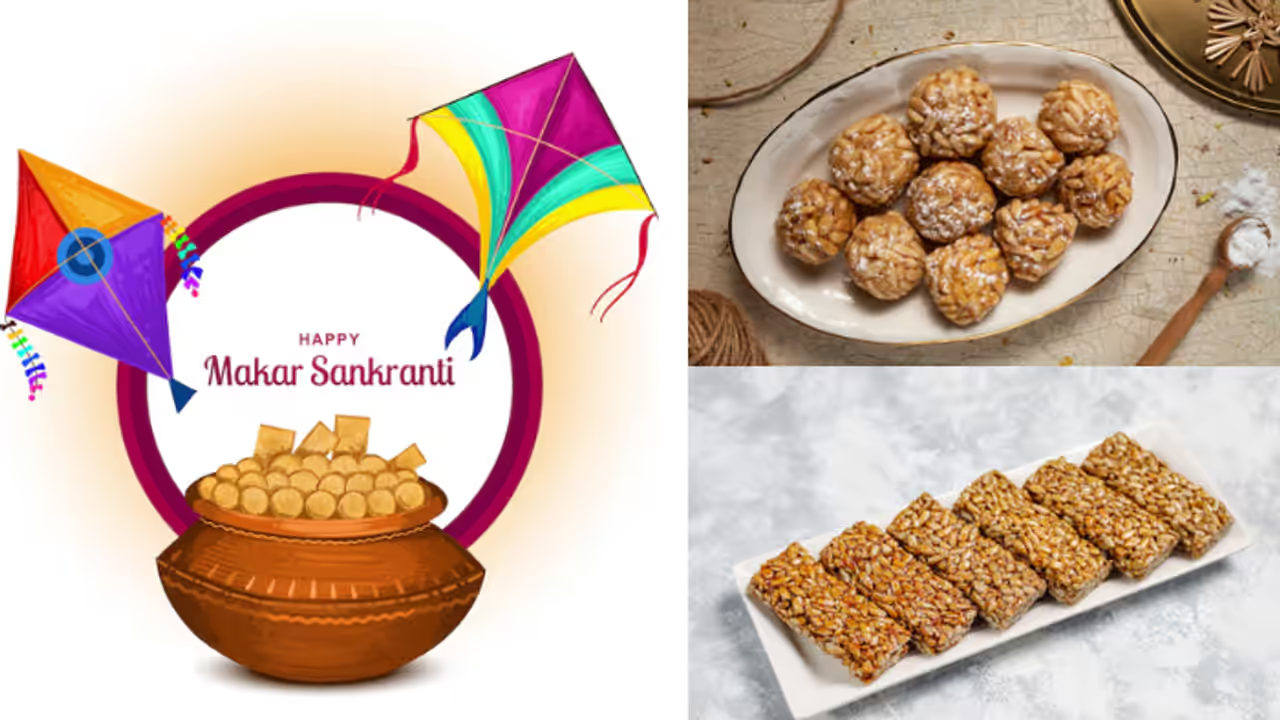Makar Sankranti, celebrated during the Sun's transition to Capricorn, involves traditions like eating til-gud, khichdi, and flying kites. These customs are linked to health benefits, providing warmth and nutrition during winter.
Makar Sankranti is celebrated each year when the Sun transitions from Sagittarius to Capricorn, usually on January 14. This festival is steeped in traditions, adding a deeper significance to the celebrations. These traditions enhance the festival’s charm while also highlighting the connection between science and culture. Let’s uncover the reasons behind the various customs of Makar Sankranti.
Why do we eat til-gud on Makar Sankranti?
On Makar Sankranti, it is customary to eat sweets such as laddus, revdi, and gajak made from sesame seeds (til) and jaggery (gud). The reason behind this tradition is tied to the peak of winter during this time. Sesame and jaggery are specifically consumed in this season because they help to keep the body warm. Sesame is rich in oil, while jaggery has a natural warming effect. Together, these ingredients provide the body with the necessary energy and warmth to endure the cold winter months.
Why do we eat khichdi on Makar Sankranti?
Khichdi is a special dish consumed on Makar Sankranti, particularly in regions like Uttar Pradesh. It is made from a combination of rice, vegetables, and lentils, with pure ghee added before serving. The tradition of eating and donating khichdi during this festival is rooted in its nutritional benefits. The ingredients used in khichdi provide the body with essential energy and warmth, making it an ideal food for the winter season. The combination of rice, lentils, and ghee helps to keep the body nourished and strong during the cold weather.
Why do we fly on Makar Sankranti?
Flying kites is a popular tradition during Makar Sankranti across many parts of India. The activity requires an open space with ample sunlight, such as a rooftop. By flying kites, we spend more time in direct contact with the sun’s rays, which helps our body absorb vitamin D. These sunrays act like a natural form of medicine during the winter months, boosting our health and vitality. This practice not only adds joy to the festivities but also offers a beneficial way to enhance our well-being.
Happy Makar Sankranti!
